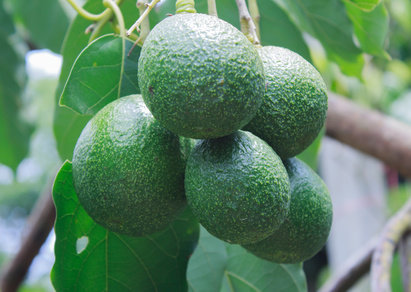There are two apocalyptic moments in the last two decades that have been a bittersweet experience, in retrospect, to flower farming in Kenya. Surpassing tourism as the chief foreign currency earner for the government, tulips, roses, carnations, lilies and other blooming kinds, with their combined output of $924m in one of their best years, 2009, have seen a lot of crises yet have hatched back to pollination.
Firstly, there was the eruption of Eyjafjallajokull, a glacier in Iceland, in 2010, just a year after one of the best exports of all time from Kenya’s eight thousand-feet high altitude farms at the heart of Rift Valley. This virtually blanketed the export business with a white ash that would last for months before the embargo for flying within or without the European Union would suffer a lifting. This state of affairs left some five thousand employees groundless as their employers gave them a forceable leave, even as the government and flower stockholders were calculating losses of three million dollars daily.
The cause of concern was that without other means of transportation, like shipping, ideal only for some established private farmers, but not a boon for small-scale growers, flowers, which have a lifespan when cut of about two weeks, would either be destroyed or given away. Give aways would moot the point of encouraging Kenyans to purchase the flowers, a point to which they are just reaching up now, especially the middle-class in 2017; but this would not solve the losses’ crises of key exporters. We will revisit this local-buying and reseller culture for cut flowers in Kenya and see how they have improved since the next crisis below.
Secondly, just before 2009, there had been a post-election poll humdrum that made Kenya a no-go zone for expatriates and foreigners alike. This hampered not only airborne business but shipping at the Mombasa port, decimating flower shipping dramatically before they would recoup a year later with quite a rebound. However, the fears would not be nipped in the bud for expectations were also high in the next election, 2013, but luckily this time the polls did not hurt business.
It was also, notably, during this eleventh hour that small-scale growers in Naivasha, Nakuru and Molo formed organizations to export what they had from their small acreages of land through consortiums such as our very own Selina Flowers. They also propagated a culture of selling their cut carnations, roses and even oval varieties in the streets, thus killing two birds with the same stone: promoting local appreciation of an otherwise white phenomenon while crossing fingers for salability to recover abroad.
Locals could now buy their florets not in plastic imitations but in real, blooming vases right from their post-processing solutions, right here in Kenya. Thus, when the international business is hurt, at least not all hydroponically-or naturally-grown flowers now go to waste. Farmers may not export tons but they have at least an idea where the extra buck may come.
At Selina Flowers, we propagate a culture of reselling to local marketers at competitive rates even as we strive to feed the greater international market with fresh flowers from the pristine climate of Kenya.


